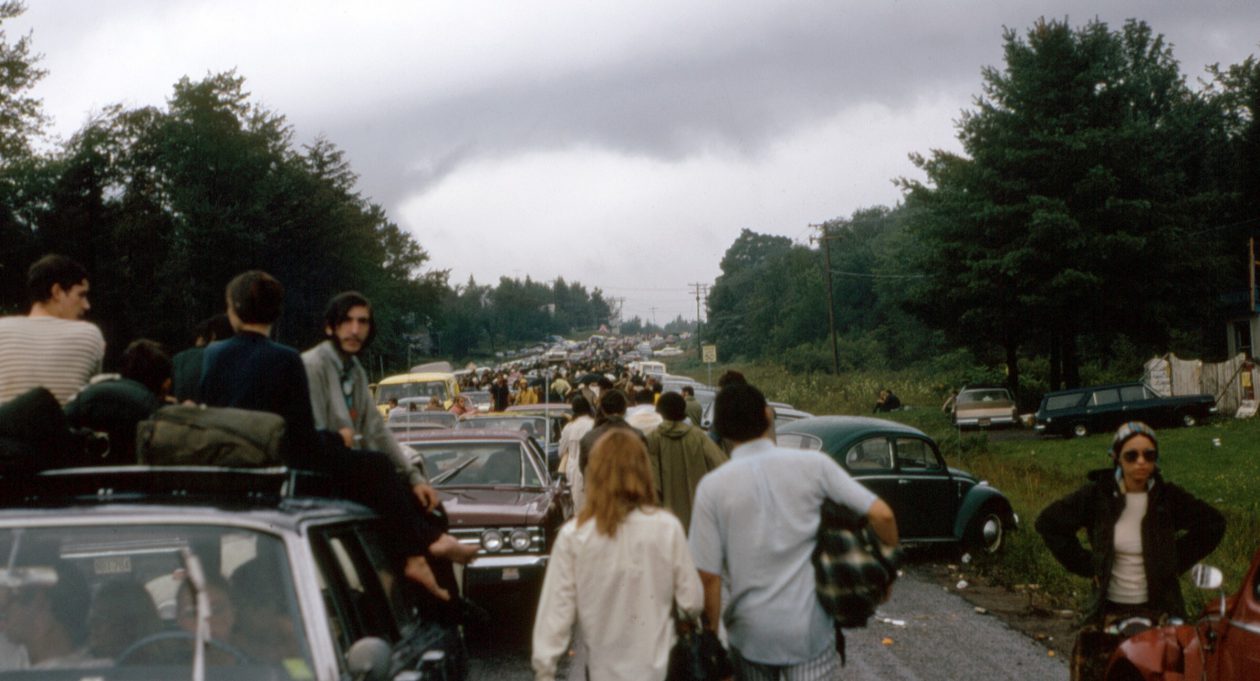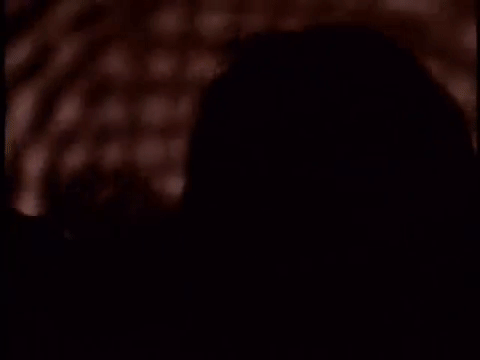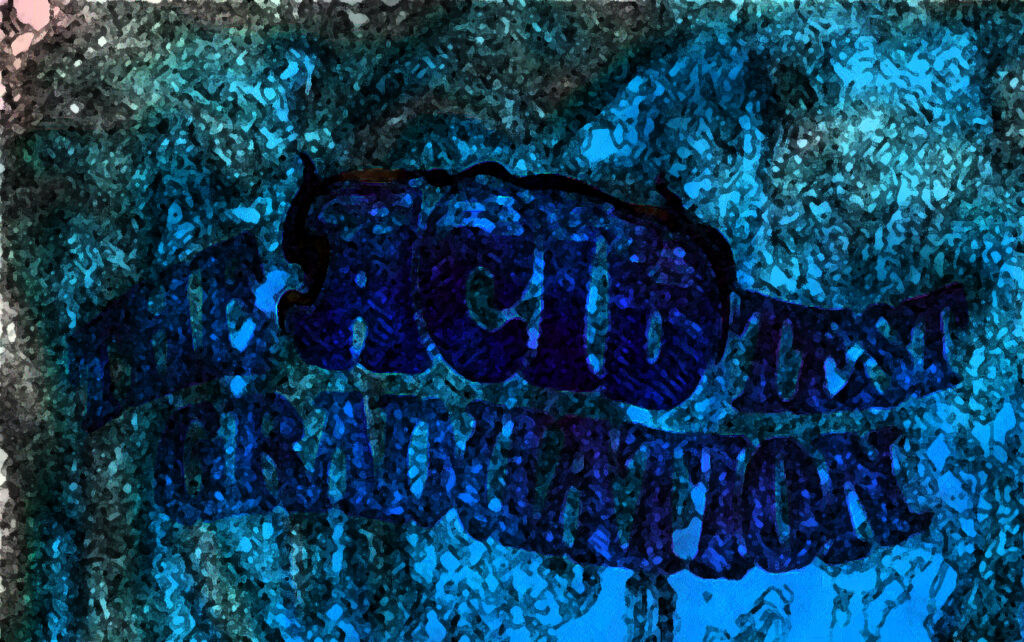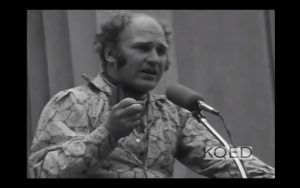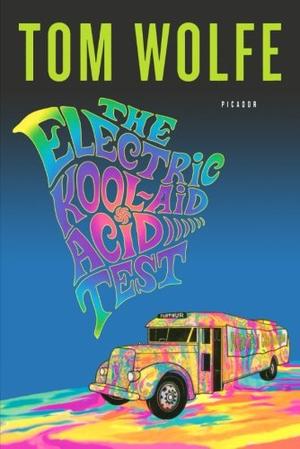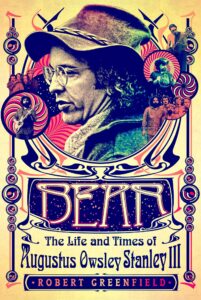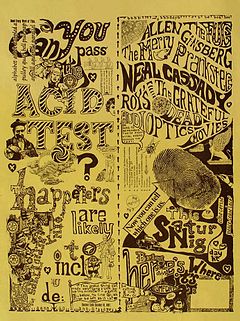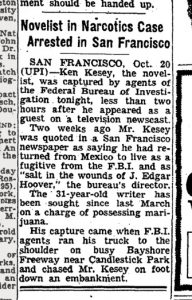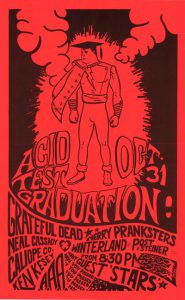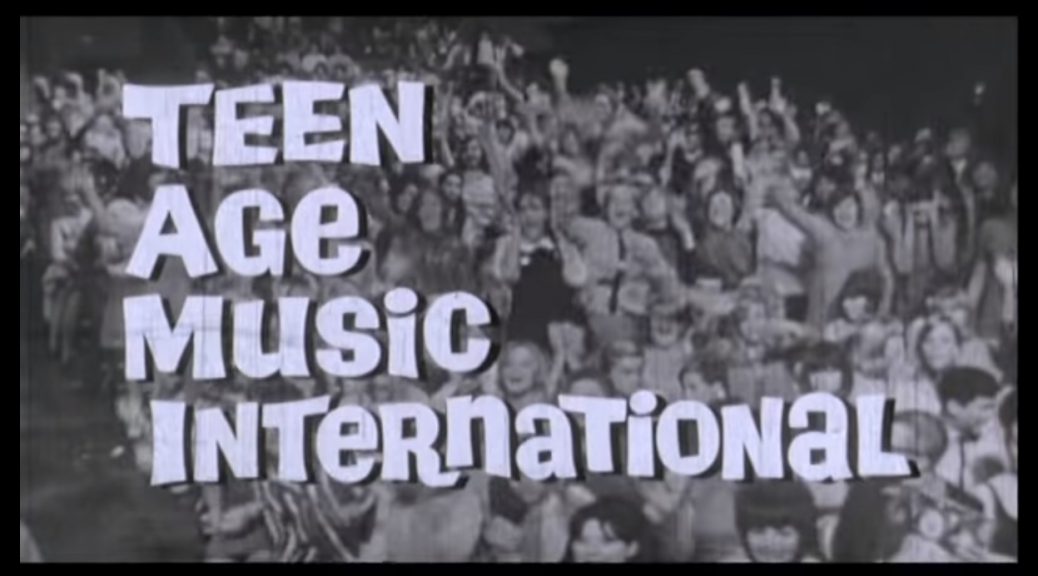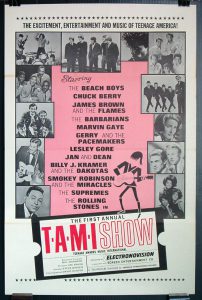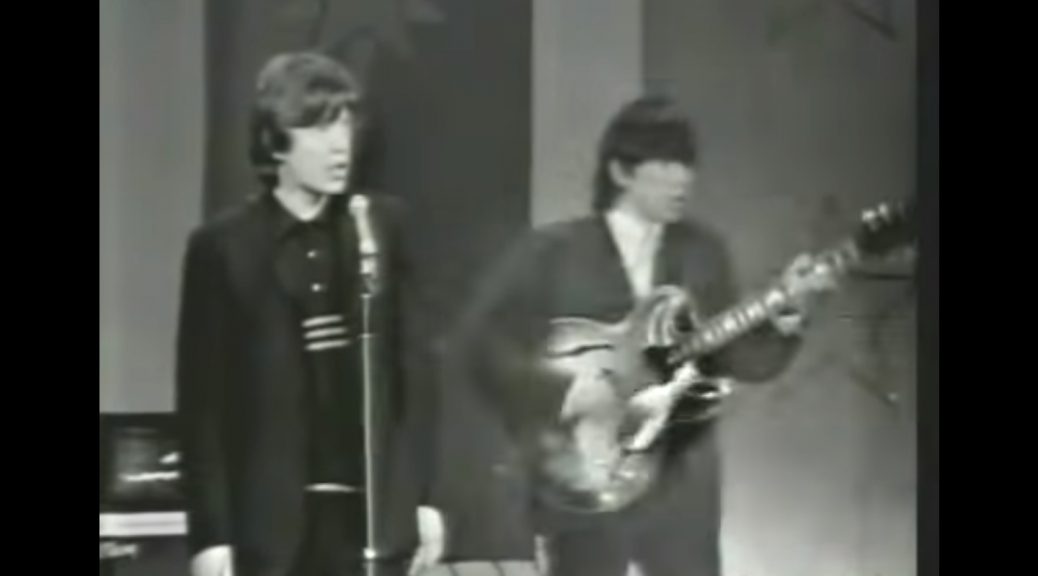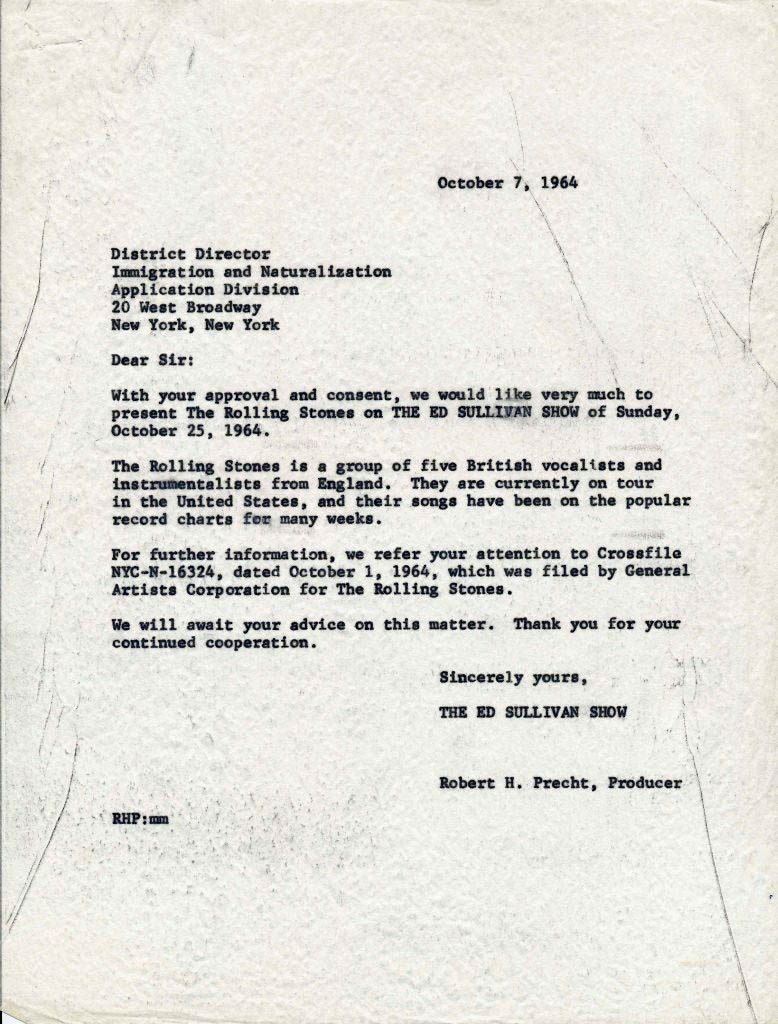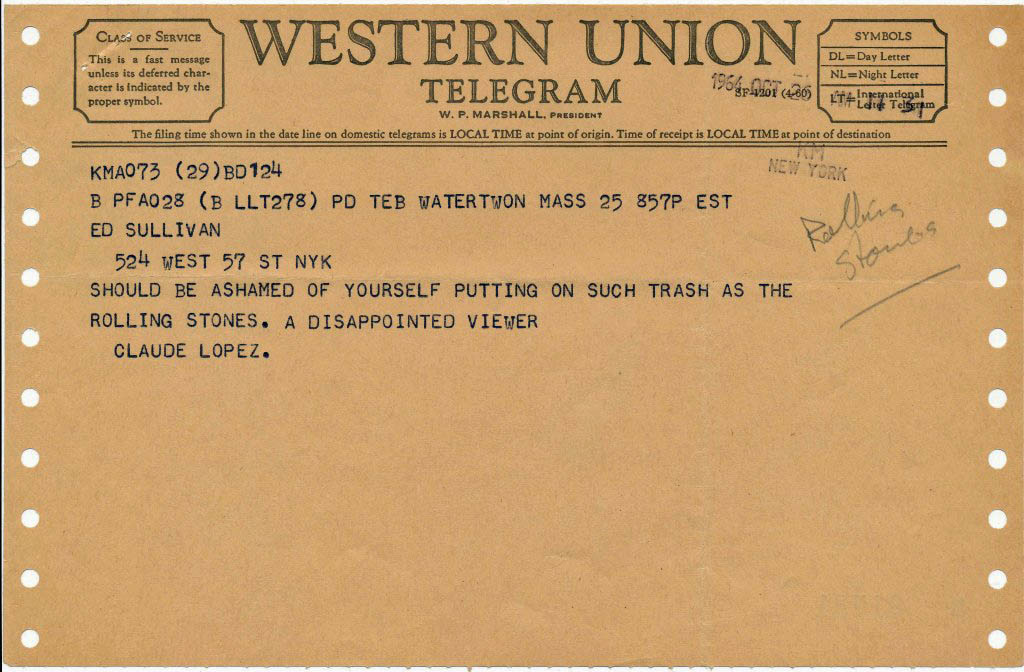Ken Kesey LSD Graduates
In 1938, Albert Hofmann, a Sandoz Pharmaceutical chemist in Basel, Switzerland, was researching drugs for blood. He found lysergic acid diethylamide, a drug we much later came to know simply as LSD.
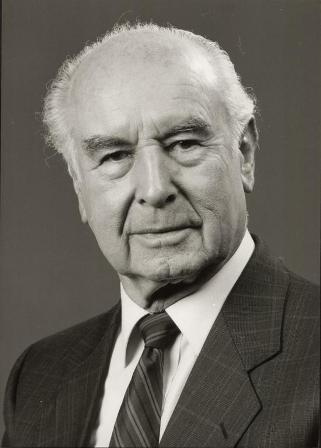
Five years later, Hofmann accidentally ingested some of the drug. He wrote afterwards, “Last Friday, April 16, 1943, I was forced to interrupt my work in the laboratory in the middle of the afternoon and proceed home, being affected by a remarkable restlessness, combined with a slight dizziness. At home I lay down and sank into a not unpleasant, intoxicated-like condition characterized by an extremely stimulated imagination. In a dreamlike state, with eyes closed (I found the daylight to be unpleasantly glaring), I perceived an uninterrupted stream of fantastic pictures, extraordinary shapes with intense, kaleidoscopic play of colors. After some two hours this condition faded away.”
And so the journey began.
Ken Kesey LSD Graduates
Psychotherapy > Behavior Control > Transcendence
In 1949, research into LSD began in the United States when Boston psychiatrist Max Rinkel and Los Angeles psychiatrist Nicholas Bercel both obtained the drug from Sandoz.
The following year, 1951, the Central Intelligence Agency began research into the use of drugs for behavior control. And one year later, the CIA included LSD in its experimentation, as exemplified in its top secret MK-ULTRA program under Sidney Gottleib.
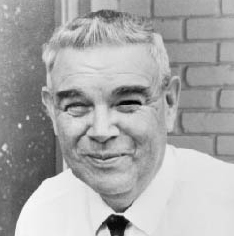
Interestingly, that same year Al Hubbard tried LSD as a “transcendental” drug.
“Most people are walking in their sleep,” Hubbard said. “Turn them around, start them in the opposite direction and they wouldn’t even know the difference. [but] give them a good dose of LSD and let them see themselves for what they are.”
Ken Kesey LSD Graduates
Timothy Leary/Richard Alpert
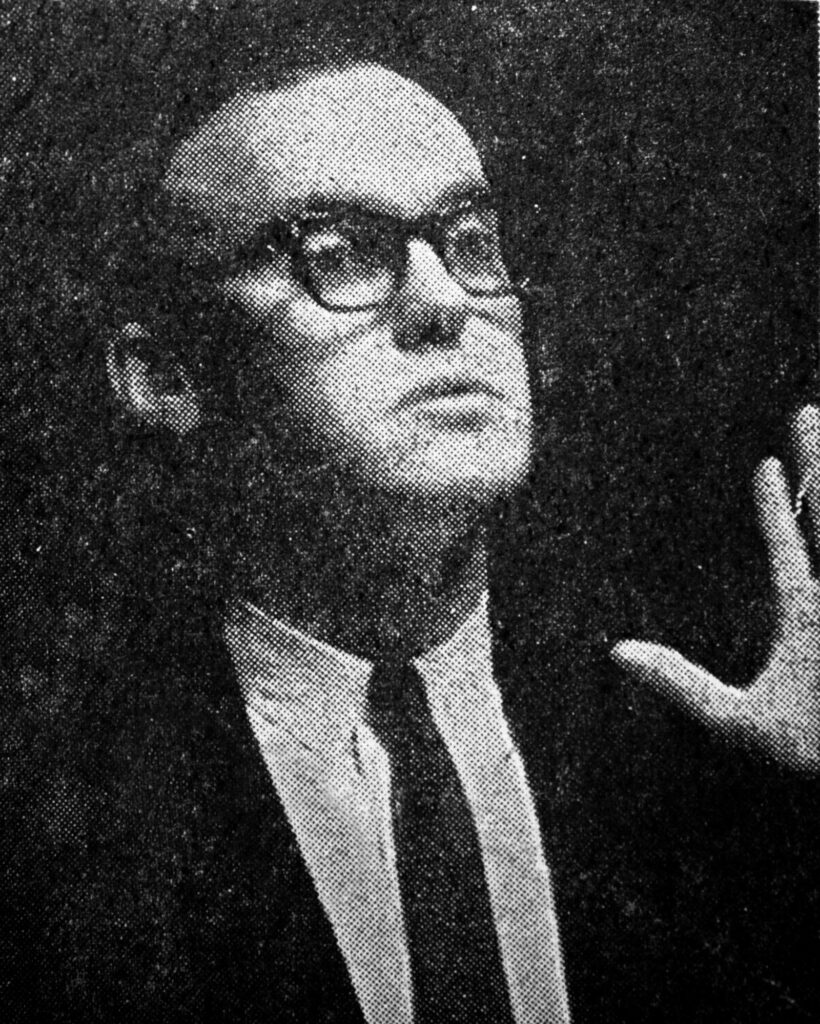
Open research (unlike the government’s secret programs) continued throughout the 1950s and in 1960 Timothy Leary and Richard Alpert established the Psychedelic Research Project at Harvard University.
In 1962, Sidney Cohen surveyed 5,000 individuals who had taken LSD and concluded it was safe.
Ken Kesey LSD Graduates
Ken Elton Kesey
Ken Kesey was a good student and an excellent wrestler who wanted to write. In 1961 while Kesey was a graduate student in creative writing at Stanford University he enrolled in an Army-sponsored hallucinogenic-drug experiment—which paid him $75 a session—run by Stanford scientists at the Menlo Park VA Hospital. The program was part of the aforementioned CIA’s top secret MKULTRA behavior control program.
Kesey likened the experiment to exploring a haunted house. “[The scientists] didn’t have the guts to do it themselves, so they hired students. ‘Hey, we found this room. Would you please go inside and let us know what’s going on in there?’ When we came back out, they took one look at us and said, ‘Whatever they do, don’t let them go back in that room!’”
“That” room was the LSD room. As a night aide on the psychiatric ward at the hospital he began to write a book. He also had access to the cabinet that contained LSD. The book became the instant best seller, One Flew Over the Cuckoo’s Nest in 1962,
Ken Kesey LSD Graduates
On the bus
In 1964, Kesey and his friends, together self-labeled the Merry Pranksters, decided to travel cross-country for the publication of his second novel, Sometimes a Great Notion.
New wave journalist Tom Wolfe’s Electric Kool-Aid Acid Test included Kesey, the Pranksters, and that famous 1964 bus trip (literally and figuratively, of course) among other things.
One of the bus stops along the way was visiting Timothy Leary at the Hitchcock estate in Millbrook, New York. By this point, Harvard had dismissed Leary (1963), but Leary continued his work.
Back in California, Owsley Bear Stanley first succeeded in synthesizing crystalline LSD in February 1965. The Pranksters will set up living in La Honda, California.
Ken Kesey LSD Graduates
Acid tests
By the end of 1965, the Pranksters have begun what became a series of so-called Acid Tests (thus the name of Wolfe’s book). (Open Culture article)
In early 1966, Ken Kesey was found guilty of marijuana possession. While awaiting sentencing, he is again found in possession of marijuana (ironically, LSD was still legal).
The second arrest would have led to immediate incarceration, Kesey “committed suicide” and fled to Mexico.
The Acid Tests continued minus Kesey and the media begin to report on this “new” drug and its apparent dangers to life, liberty, and the American way of life. Sandoz recalled the LSD it had previously distributed and withdrew its sponsorship for work with LSD.
Owsley continued manufacturing his synthetic LSD, considered better than Sandoz’s.
Ken Kesey LSD Graduates
Kesey captured
In early October 1966, Kesey secretly came back into the US from Mexico but on October 20, authorities accidentally discovered and arrested Kesey.
Ironically, it was the same month the US made possession of LSD illegal.
Ken Kesey LSD Graduates
Graduation
As a way to mollify authorities and perhaps put himself in a better light at his upcoming trial, Kesey agreed to have a “farewell to LSD” event that he and the Pranksters labeled the “Acid Test Graduation.”
And so on this date, October 31 (1966), they held the ceremony. Of course the ceremony did not end the use of hallucinogens, but Kesey stepped aside and explained that the doors LSD had opened were now there for anyone to peer through.
Kesey would serve a 6 month sentence and move back to his home state of Oregon where he continued to raise his family.
Ken Kesey LSD Graduates


